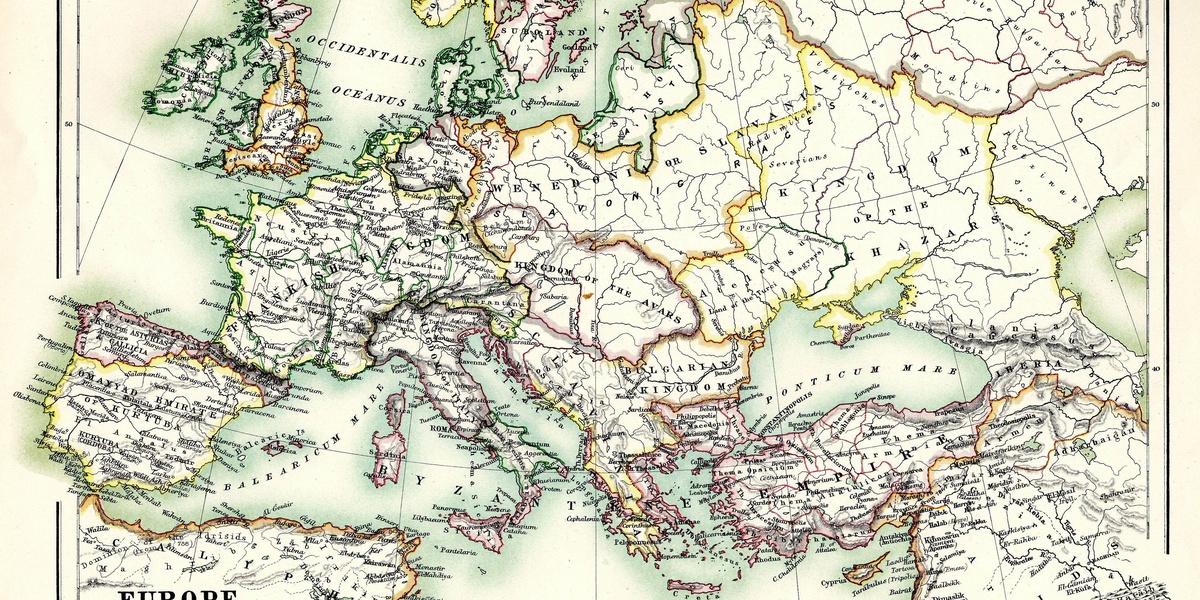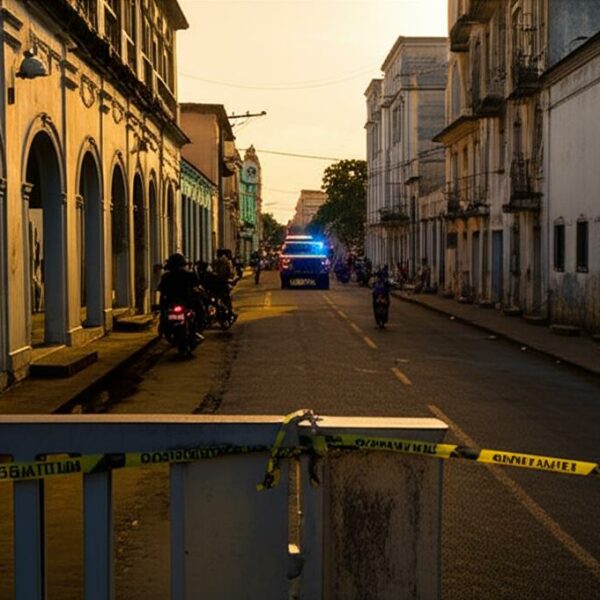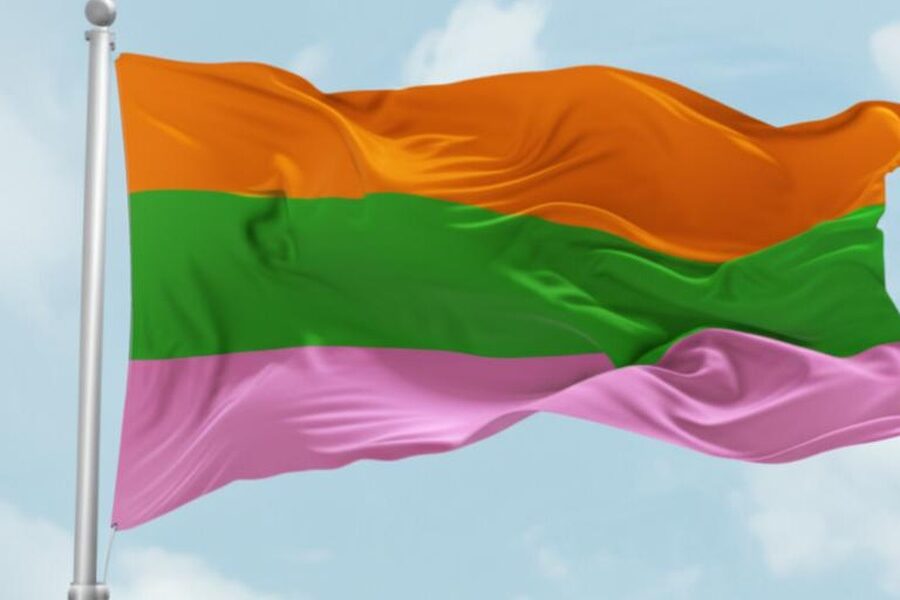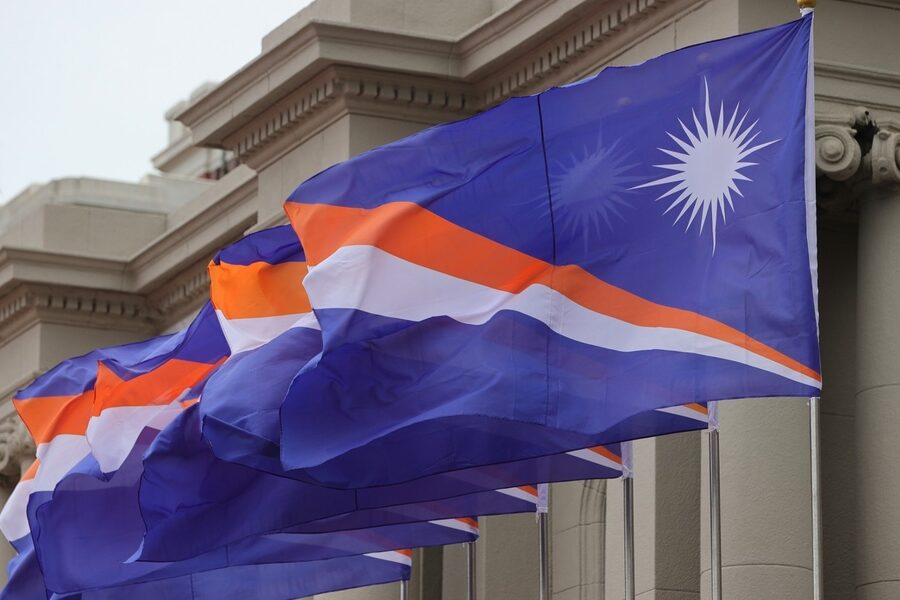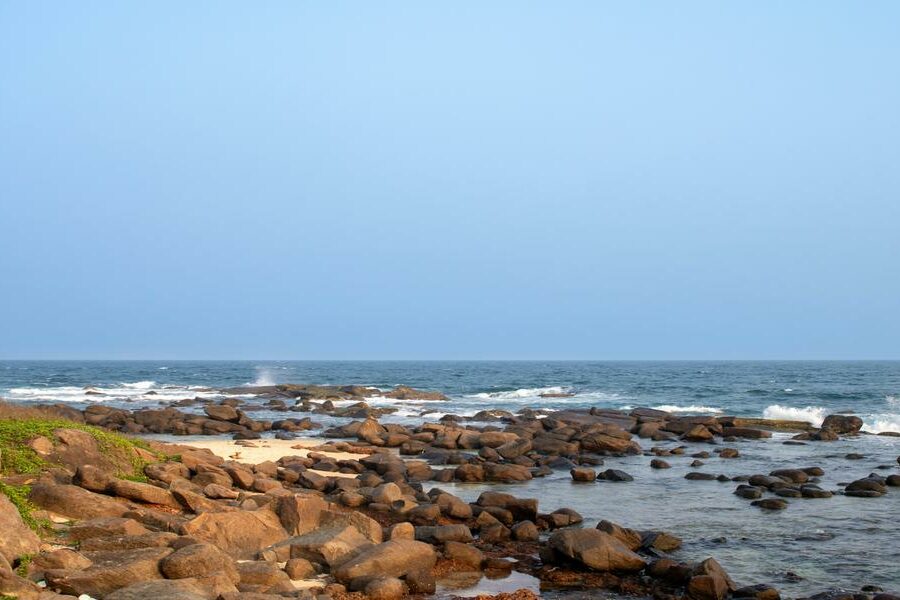Europe is a patchwork of currencies and monetary arrangements, shaped by history, politics and treaties. Whether you’re planning travel, studying economy, or just curious about the continent, it helps to see which countries sit outside the eurozone and how they handle money.
There are 26 Non-Eurozone European Countries, ranging from Albania to Vatican City. For each, you’ll find below how the information is organized: Flag emoji, Capital, Currency and euro status — so you can quickly scan who uses their own currency, who pegs to the euro, or who uses the euro without being in the eurozone. Check the list you’ll find below for the full rundown.
Which countries count as non-eurozone in Europe?
Non-eurozone European countries are those not formally part of the eurozone (the EU’s monetary union), regardless of whether they use the euro unilaterally or maintain their own currency. The list below follows that definition and groups entries so you can see legal membership, actual currency in use, and any special arrangements.
Could any of these countries adopt the euro soon?
Adoption depends on politics and meeting EU convergence criteria (for EU members) or bilateral agreements/decisions for microstates and others. Timelines vary widely; the entries below note current euro-status and any formal plans or ERM II participation where applicable.
Non-Eurozone European Countries
| Country | Flag emoji | Capital | Currency and euro status |
|---|---|---|---|
| Albania | 🇦🇱 | Tirana | Albanian lek; non-EU, not using euro |
| Andorra | 🇦🇩 | Andorra la Vella | Euro (by agreement); non-EU, not eurozone |
| Belarus | 🇧🇾 | Minsk | Belarusian ruble; non-EU, not eurozone |
| Bosnia and Herzegovina | 🇧🇦 | Sarajevo | Convertible mark (BAM); pegged to euro; non-EU |
| Bulgaria | 🇧🇬 | Sofia | Bulgarian lev; EU member, not yet adopted euro |
| Czech Republic | 🇨🇿 | Prague | Czech koruna; EU member, not adopted euro |
| Denmark | 🇩🇰 | Copenhagen | Danish krone; EU member with euro opt-out |
| Hungary | 🇭🇺 | Budapest | Hungarian forint; EU member, not adopted euro |
| Iceland | 🇮🇸 | Reykjavik | Icelandic króna; non-EU, not euro |
| Kosovo | 🇽🇰 | Pristina | Euro (unilateral); non-EU, not eurozone |
| Liechtenstein | 🇱🇮 | Vaduz | Swiss franc; non-EU, not eurozone |
| Moldova | 🇲🇩 | Chisinau | Moldovan leu; non-EU, not eurozone |
| Monaco | 🇲🇨 | Monaco | Euro (by agreement); non-EU, not eurozone |
| Montenegro | 🇲🇪 | Podgorica | Euro (unilateral); non-EU, not eurozone |
| North Macedonia | 🇲🇰 | Skopje | Macedonian denar; non-EU, not eurozone |
| Norway | 🇳🇴 | Oslo | Norwegian krone; non-EU, not eurozone |
| Poland | 🇵🇱 | Warsaw | Polish złoty; EU member, not adopted euro |
| Romania | 🇷🇴 | Bucharest | Romanian leu; EU member, not yet adopted euro |
| Russia | 🇷🇺 | Moscow | Russian ruble; non-EU, not eurozone |
| San Marino | 🇸🇲 | San Marino | Euro (by agreement); non-EU, not eurozone |
| Serbia | 🇷🇸 | Belgrade | Serbian dinar; non-EU, not eurozone |
| Sweden | 🇸🇪 | Stockholm | Swedish krona; EU member, no euro adoption |
| Switzerland | 🇨🇭 | Bern | Swiss franc; non-EU, not eurozone |
| Ukraine | 🇺🇦 | Kyiv | Ukrainian hryvnia; non-EU, not eurozone |
| United Kingdom | 🇬🇧 | London | Pound sterling; non-EU, not eurozone |
| Vatican City | 🇻🇦 | Vatican City | Euro (by agreement); non-EU, not eurozone |
Images and Descriptions
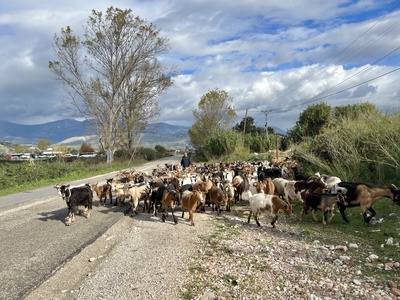
Albania
Albania uses the lek and is not an EU or eurozone member. Though EU candidate status exists, the country keeps its own currency for now; euros are sometimes accepted in tourist areas but are not official legal tender.
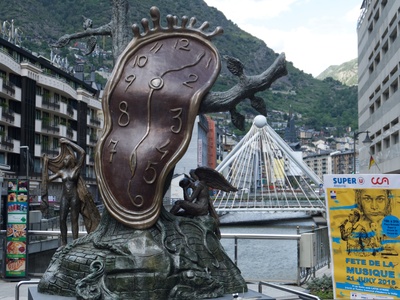
Andorra
This microstate uses the euro under an official agreement with the EU, but is not an EU or eurozone member. Andorra issues limited euro coins and relies on euro cash and banking arrangements without formal eurozone membership.
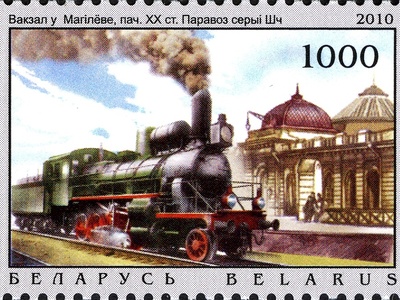
Belarus
Belarus uses the Belarusian ruble and is not in the EU or eurozone. Its currency is controlled domestically and close economic ties with Russia make euro adoption unlikely; travelers should carry rubles or widely accepted cards.
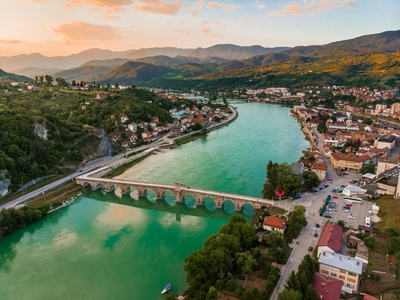
Bosnia and Herzegovina
Bosnia and Herzegovina uses the convertible mark (BAM), pegged to the euro at a fixed rate. It is not an EU or eurozone member; the peg stabilizes prices, but BAM remains the official legal tender across the country.
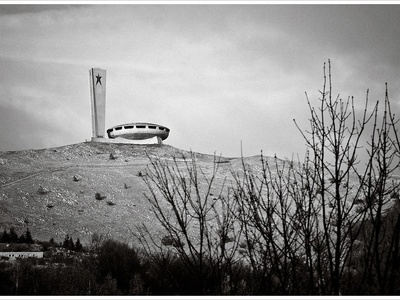
Bulgaria
Bulgaria uses the lev and is an EU member that has not yet adopted the euro. The country plans eventual euro accession but must meet convergence criteria; for now the lev is legal tender and widely used.
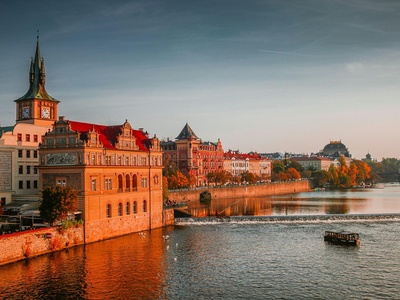
Czech Republic
The Czech Republic keeps the Czech koruna as its national currency and is an EU member that has not adopted the euro. Political and economic considerations have delayed joining the eurozone; koruna remains required for everyday transactions.
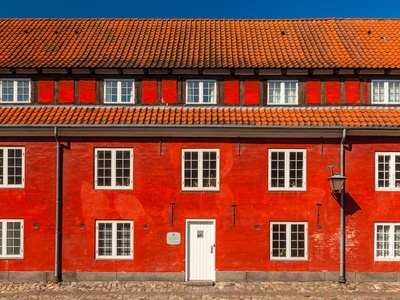
Denmark
Denmark is an EU member with an opt-out from the euro and uses the Danish krone. It participates in monetary cooperation but has retained the krone by referendum and ERM II ties; euros are not official tender.

Hungary
Hungary uses the forint and remains an EU member without euro adoption. The government has prioritized national monetary policy; while Hungary is legally obliged to adopt the euro eventually, no timetable exists and forint continues as legal tender.

Iceland
Iceland uses the Icelandic króna and is not an EU or eurozone member. After the financial crisis it returned to independent monetary policy; the króna is used nationwide and euros may be accepted informally in tourist spots.

Kosovo
Kosovo uses the euro unilaterally despite not being an EU or eurozone member. The euro replaced the dinar after 1999; Kosovo cannot mint euro coins officially but uses banknotes and benefits from price stability.
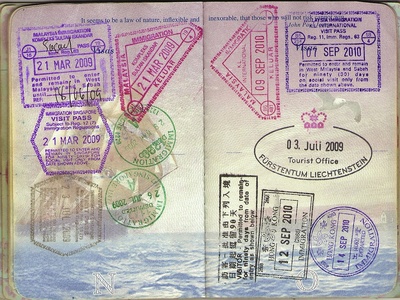
Liechtenstein
Liechtenstein uses the Swiss franc and is not an EU or eurozone member. Its monetary policy follows Switzerland’s; cross-border banking and travel often involve francs, though euros may be accepted near tourist areas.
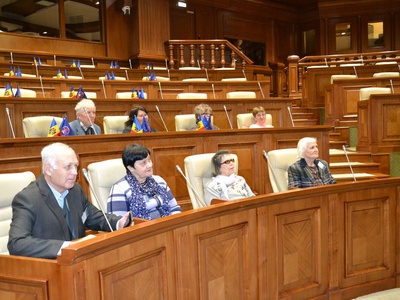
Moldova
Moldova uses the Moldovan leu and is not an EU or eurozone member. Political and economic reforms shape its monetary outlook; the leu is official currency, and euros are sometimes accepted in cities and border regions.
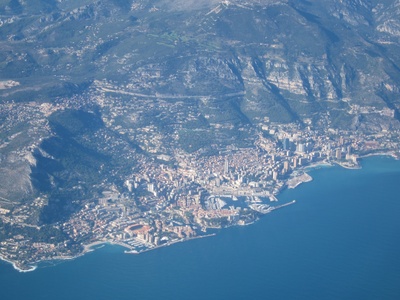
Monaco
Monaco uses the euro by formal agreement with the EU but is not an EU or eurozone member. It issues limited euro coins with Monégasque designs and relies on France for monetary policy backing.
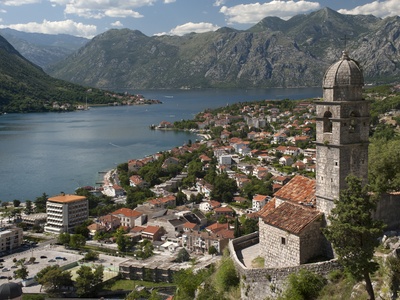
Montenegro
Montenegro uses the euro unilaterally without formal EU agreement and is not an EU or eurozone member. It adopted the euro for stability after the 1999 currency changes; no formal eurozone participation exists.
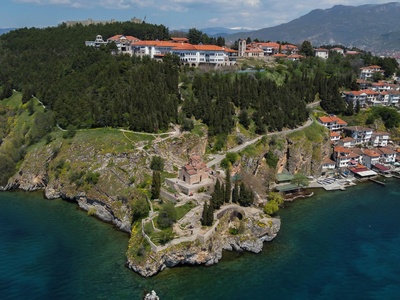
North Macedonia
North Macedonia uses the denar and is not an EU or eurozone member. As an EU candidate it may eventually adopt the euro, but currently the denar is required for domestic payments and pricing.
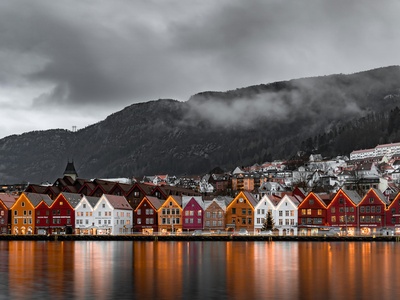
Norway
Norway uses the Norwegian krone and is not an EU or eurozone member. It maintains independent monetary policy supported by large sovereign wealth funds; euros may be accepted in tourist areas but krone is official tender.
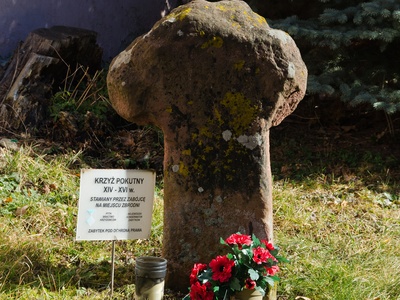
Poland
Poland keeps the złoty and is an EU member that has not adopted the euro. Political decisions and public opinion have slowed euro adoption; travelers should use złoty, though euros are sometimes accepted in major tourist centers.
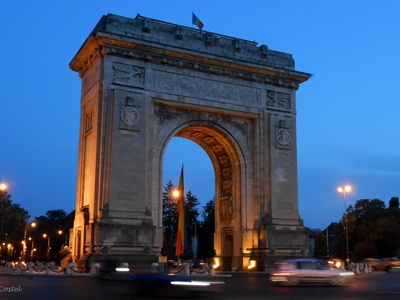
Romania
Romania uses the leu and is an EU member that has not yet adopted the euro. Authorities intend eventual euro accession, but economic criteria and timing remain unresolved; the leu is required for everyday transactions.
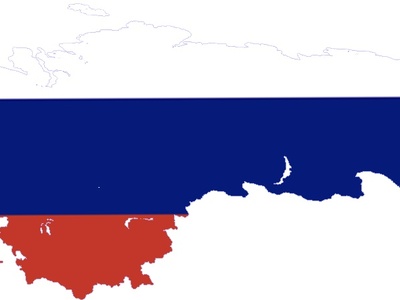
Russia
Russia uses the Russian ruble and is not an EU or eurozone member. As a major non-European Union economy spanning Europe and Asia, it sets monetary policy independently; euros might be accepted in some border or tourist businesses.

San Marino
San Marino uses the euro under a formal agreement with the EU but is not an EU or eurozone member. It issues a small number of euro coins and shares monetary arrangements with Italy and the wider euro area.

Serbia
Serbia uses the Serbian dinar and is not an EU or eurozone member. It maintains independent monetary policy while pursuing EU accession; euros may be widely accepted in some contexts but dinar is official tender.
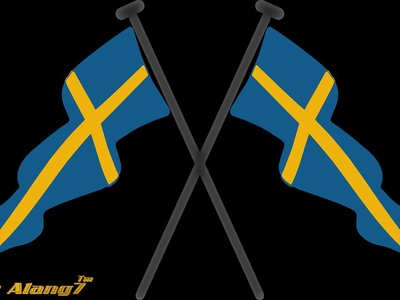
Sweden
Sweden uses the Swedish krona and is an EU member that has not adopted the euro following a 2003 referendum. It meets many economic criteria but political choice and public opinion have kept the krona as legal tender.
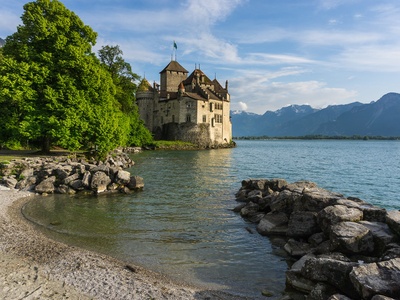
Switzerland
Switzerland uses the Swiss franc and is not an EU or eurozone member. With an independent central bank and close cross-border ties to EU neighbors, the franc remains the country’s legal tender; euros accepted variably in tourism.

Ukraine
Ukraine uses the hryvnia and is not an EU or eurozone member. Amid political and economic reforms, the hryvnia remains official; in some border and wartime aid situations euros may circulate but are not formal tender.
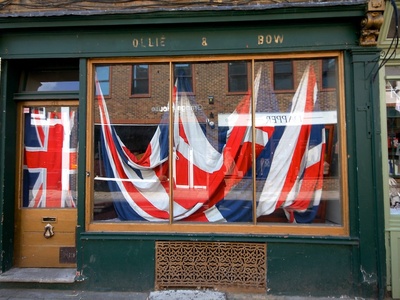
United Kingdom
The UK uses the pound sterling and is not an EU or eurozone member after Brexit. The pound remains the sole legal tender across the UK; euros may be accepted in some tourist areas but are not official currency.

Vatican City
The Vatican uses the euro under an agreement with the EU but is not an EU or eurozone member. It mints a tiny number of euro coins with papal designs; euro cash circulates as official tender in the city-state.

